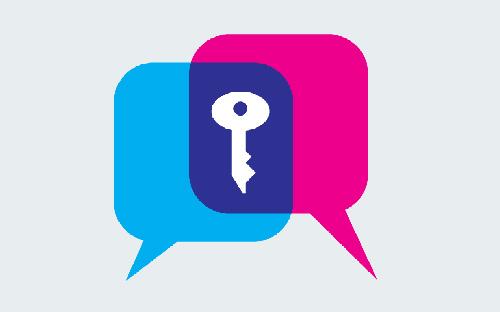You are here
Is e-mail already out?
By Jean-Claude Elias - Jan 10,2019 - Last updated at Jan 10,2019
It is the first, and most basic thing you learn when you study business or marketing: that any given product has a lifespan. While this may be a very short or a very long lifespan, depending on the product, the duration is irrelevant and does not change the principle, the concept.
At this point in time one may start asking whether the e-mail system as we know it is dying, if it is getting near its end.
The question may surprise many a user. Indeed, for the vast majority of us e-mail is still the main form of communication, be it at work or for personal use. The flexibility and the functionality of the two most popular e-mail software clients, Google’s Gmail and Microsoft’s Outlook, ensure not only communication but also filing and storage of the messages exchanged.
These last two aspects of the technology — filing and storage — make us rely on the system to keep and then to retrieve correspondence and documents. For most users this is virtually the only way, the only place where they save and store their documents; hence the importance of the system.
However, despite having been globally adopted since the late 1990s, traditional e-mail is now challenged by a certain number of elements that could announce the beginning of its end.
The first is spam — obviously. In spite of antispam measures and however effective they may or may not be, this is still a major nuisance, a threat and a waste of time.
And then there are the countless other, newer digital means of communication, with WhatsApp in the lead. There is no doubt that a large number of messages, including eventual audiovisual attachments, are now exchanged via WhatsApp instead of “regular” e-mail. Speed, convenience and instant feedback make people love WhatsApp.
Moreover, widely used cloud storage, with folders and web links that let you easily share messages and large digital content with your correspondents, are being more and more frequently used instead of e-mail.
WhatsApp, Messenger and in general social networking as well as all shared cloud storage services, also present a major advantage compared to email: they ensure a higher degree of protection against threats and better control of privacy; not a minor point.
At the corporate level, intranets and shared folders on company servers’ hard disks let employees exchange messages and enjoy instant two-way notification with colleagues by bypassing traditional e-mail.
Perhaps it not yet the very end of it, as IT pundit Keumars Afifi-Sabet put it rather wittily last September in www.itpro.co.uk: “Like reports of Mark Twain's death, the demise of e-mail has been greatly exaggerated over the years.” According to quora.com an average of 300 billion e-mails are sent and received every day, with more than half of them (some believe as much as 90 per cent) being spam or digital threats of various kinds.
Still, it is impossible not to notice, not acknowledge that e-mail usage is clearly on the decline. I can easily distinguish at least two categories of the population that are using e-mail significantly less than say four or five years ago: those in the under-30 age category and IT professionals.
For the rest, I would say let us just wait and see.
Related Articles
Few people realise what their e-mail box really represents until they experience a crash or hacking and then lose all its contents.
In the beginning, there was e-mail. Then came standard texting.
WhatsApp, text or e-mail — which is the most secure option when your conversation really has to be locked down?The recent private-messages-g
















